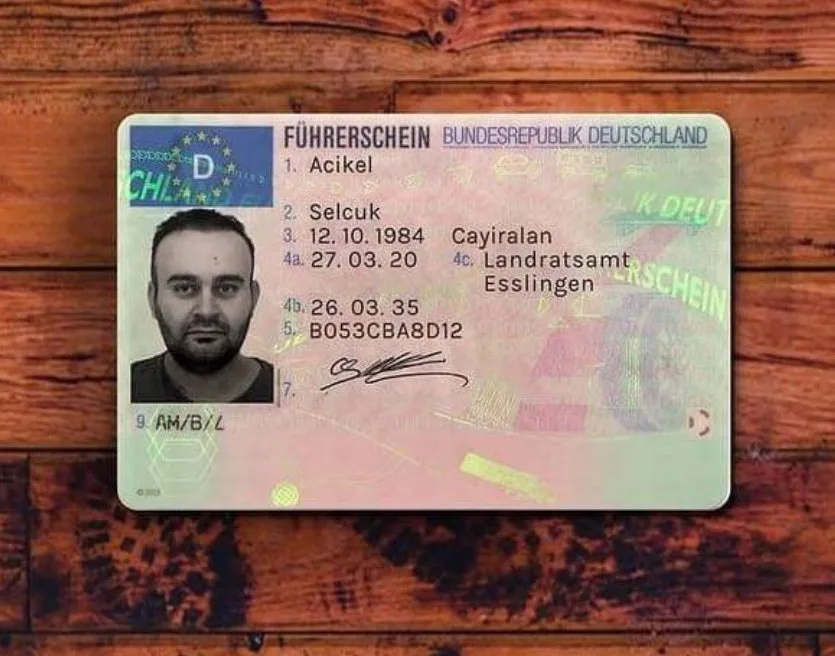Finding out to Drive Without a Test: Exploring Alternative Paths in Driver Education
In an age where convenience and development control the landscape of education and abilities acquisition, the standard model of learning to drive-- completing a strenuous test to make a driver's license-- has come under analysis. For lots of, the procedure of getting behind the wheel, studying hard, and passing both a written and practical driving test can be intimidating. Nevertheless, emerging patterns and alternative methods to driver education suggest that there may be ways to discover to drive without feeling the pressure of an official testing environment.
Understanding the Traditional Model
Traditionally, making a driver's license requires prospective chauffeurs to go through a series of tests designed to assess understanding and practical abilities. These consist of:
Written Test: This evaluates understanding of the guidelines of the roadway, traffic signals, and safe driving practices.
Practical Driving Test: Applicants need to show their capability to operate a car securely and in accordance with traffic laws.
While this model makes sure that all motorists fulfill a minimum requirement of proficiency, it can be a source of stress for lots of learners. The worry of failure, integrated with the logistics and expense associated with testing, can discourage people from acquiring their license completely.
Alternative Methods of Learning to Drive
Driving School Innovations: Many driving schools have started to use more individualized education programs that permit trainees to find out at their own rate. These programs often include individually guideline with licensed driving instructors who concentrate on structure self-confidence rather than pressing trainees to pass a test. Some modern-day driving schools even integrate online modules where learners can study the rules of the road in a more relaxed setting before entering the car.
Simulated Driving Experiences: Advances in technology have caused the creation of advanced driving simulators. These can provide valuable experience without the danger of accidents. Learners can practice their skills in various climate condition, traffic situations, and driving scenarios that they might not come across in normal driving classes. This hands-on technique to knowing can enhance a student's proficiency and confidence behind the wheel.
visit the following internet page -to-Peer Learning: Informal driving practice with friends or relative can likewise work as a feasible alternative to conventional approaches. While this approach does not completely eliminate the need for official testing, it permits individuals to get comfort and experience behind the wheel without the stress and anxiety of an official assessment. Friend or family can supply guidance and feedback, making the learning procedure less challenging and more helpful.
Flexible State Regulations: Some regions are starting to reconsider their necessary testing policies, especially for particular demographics, such as veterans or people with specials needs. These modifications show a growing acknowledgment that life experiences and driving habits may not constantly align with standard testing requirements. Advocacy for a more holistic method to evaluating driving proficiency is ending up being a topic of conversation in numerous legal circles.
Private Certifications: In certain areas, individuals may explore options that focus more on mentorship and safer driving behavior instead of conventional tests. Accreditation through community programs or recognized organizations that back experiential knowing might motivate safe driving while bypassing the standard testing path.
The Benefits and Drawbacks
While discovering to drive without an official test provides lots of possible advantages-- such as minimizing stress, promoting a more inclusive environment for students, and concentrating on skills over testing anxiety-- it also raises concerns. Critics argue that getting rid of official evaluations might result in inconsistencies in driver readiness, potentially jeopardizing road security.
Additionally, traditional testing serves not just as an evaluation of skills, however as a standardized criteria that ensures all motorists have the required knowledge to browse the roads safely.

Conclusion
The landscape of driver education is evolving. As alternative techniques of learning to drive gain traction, striking a balance in between versatility and safety is critical. While it is clear that there are opportunities for discovering to drive without the pressure of an official test, making sure that all motorists preserve a high requirement of safety need to stay a top priority. In the future, we may see more customized techniques to driver education that accommodate numerous learning designs, ultimately causing much safer, more confident motorists on our roadways.
